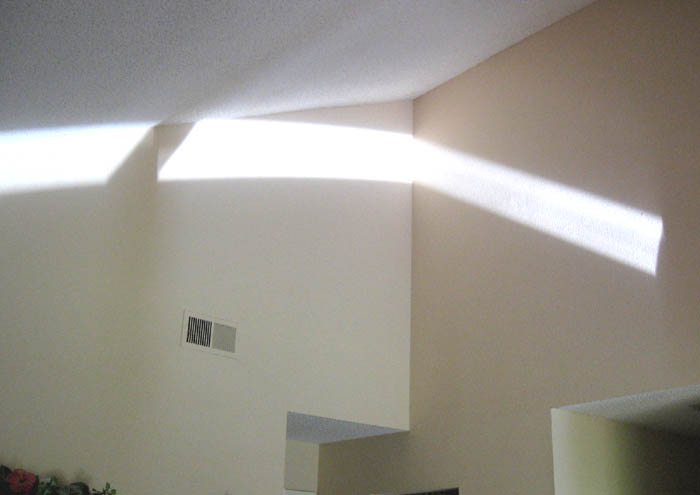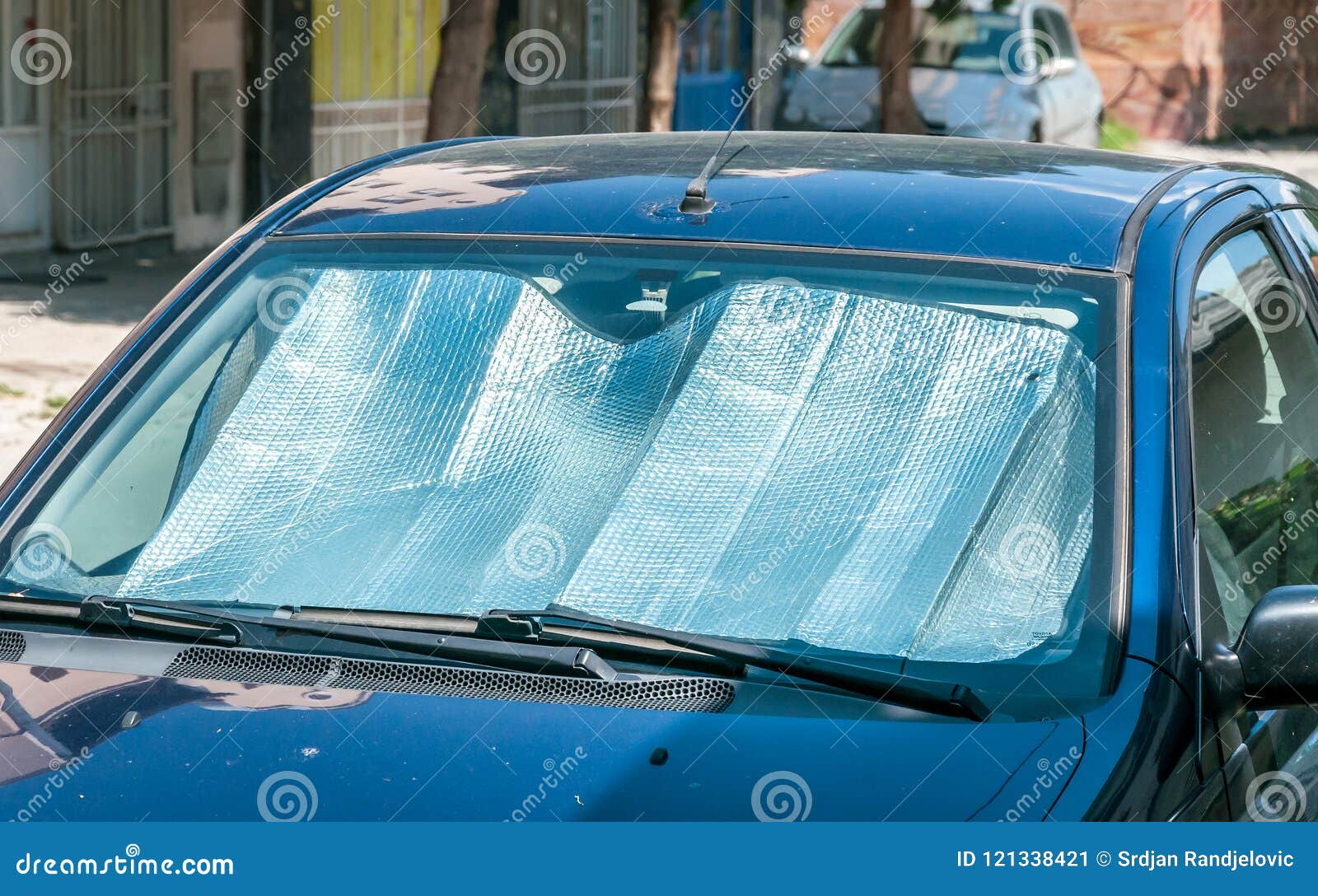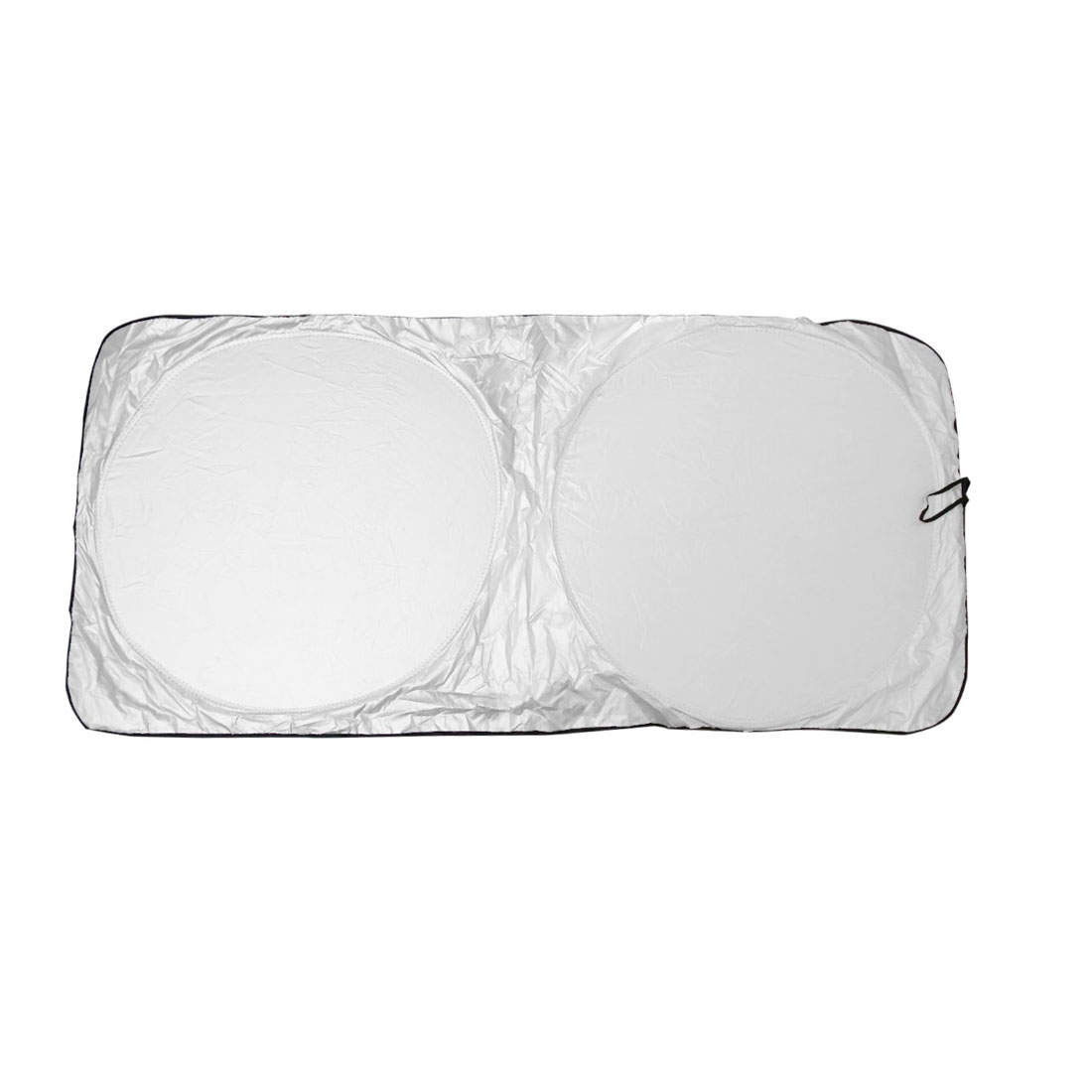


Low-E glass (low-emissivity glass) - this is glass with a special coating applied to it that reduces the transfer of heat energy by filtering the sun’s short-wave radiation.These technologies are largely used in commercial applications at present, but will find their way into domestic use as they become more affordable. Glazing - new glazing technologies include photochromic glazing (glass darkens when exposed to sunlight) and thermochromic glazing (glass becomes less light-penetrable as temperature rises).Reflective films - these can be applied to new or existing windows and can reduce heat gain while also providing additional privacy due to their reflective outside surface.The darker the tint, the greater the heat protection. Tinting - this is where a tint is applied to the glass during manufacture to reduce heat gain, without greatly reducing visibility.WindowsĪnother way to prevent heat gain is to treat the glass of the window itself, and there are several ways this can be done: Modern internal blinds come in a range of elegant options that can reduce heat and glare without restricting your views, and they can be manually operated or fully motorised. For maximum protection, choose drapes, Holland blinds or Roman blinds rather than Venetians, as they provide a better seal around the window and, if properly fitted with a box pelmet above, will trap a layer of still air between them and the window, which will reduce heat flow through the glass. On their own, however, they are less effective. In combination with external shading, curtains and blinds can significantly reduce heat gain through your windows. One thing to remember with external shading is that, to effectively block low-angled morning and afternoon sun, it should extend out to at least twice the height of the window being shaded. External shades and awnings come in a wide range of fabrics and colours and can be rolled back during the winter months to protect them from the elements. While fixed shading is suitable for north facing windows, adjustable shade provides much more flexibility, with the advantage of being able to extend or reduce the amount of shade required according to comfort levels, the angle of the sun and the time of year.
BEDROOM WINDOW SUN REFLECTOR HOW TO
External shading can be either fixed, in the form of verandas, eaves and pergolas, or adjustable, such as awnings and shutters. This Instructable shows you how to repurpose a car sun shade for an as needed window heat shield, even for windows that open vertically.

External shadingĮxternal shading is a far more effective cooling method than internal window coverings, reducing heat gain by as much as 80%, compared to just 20% with curtains or blinds. Unprotected windows account for roughly 50% of the unwanted heat absorbed by an average house in summer, so with that in mind, here are some practical ways to protect your windows from heat gain and the sun’s harmful UV rays. Ideal for large home automation and building control applications.Uncontrolled sunshine through windows will not only fade your carpets and furnishings and make for uncomfortable living conditions, but will also have a huge impact on your home’s energy efficiency.

Somfy has been the international leader in motorization for outdoor shading systems for nearly 50 years. The convenience of motorization offers on-demand shade with one-touch operation as well as control by scenes, scheduling, voice control, and mobile device control. Insolroll offers 2 industry leading motorization systems for Oasis Patio Shades. Motorized shades are recommended for exterior window applications because they can be operated from inside the house. Oasis® Exterior Window Shade Motorized Operation


 0 kommentar(er)
0 kommentar(er)
